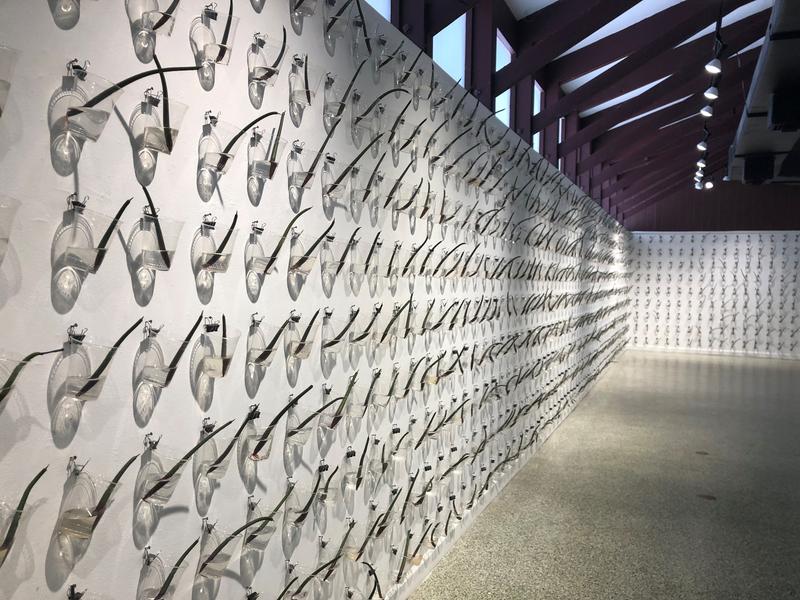

September 19, 2019

We’ve been talking all week on The Takeaway about climate change, and how it is affecting people around the world. We’ve spoken to psychologists, sociologists, and meteorologists. As we wrap up our series we turn to a different kind of voice: those addressing climate change with their art.
Karen Russell is a fiction writer. Her most recent book, Orange World, is a collection of short stories. And several of those stories use a fantastical lens to look at how humans are changing the environment.
In this new book, it showed up in sort of surprising ways. There’s a story about a tornado rancher, these people who are literally raising destructive weather on the great plains. And then there’s maybe the most overt nod to the rising seas, is the story The Gondoliers where the devastation has occurred, South Florida is basically underwater. There’s these four eco-locating sisters who are, you know, they have these boats they call gondolas that they’re using to traverse a watery South Florida. And they’re poling through the ruins of the old city but something new wants to be born.
Sea-level rise is also a central part of artist Xavier Cortada’s work. Based in South Florida, he takes a more unusual approach to incorporate climate change into his art. For his most recent project, he’s asked residents of Miami-Dade County to plant mangrove seedlings in their yards, to make the growing threat of sea-level rise feel more urgent.
I made it as a provocative way of having us think about what would happen to us 30 years from now when this little six-inch seedling I gave you becomes a tree. What’s going to happen to your mortgage and your home equity and your community? It is a way of us beginning to understand that sacrificing a little today may help lessen the suffering in the future.
And Aaron Stewart-Ahn is a filmmaker, who has made fiction and documentary movies. Recently, he’s noticed that real life seems to be imitating Hollywood.
Something I struggle with is I follow a lot of climate scientists, and I’m watching them on Twitter talk in real time and it is like dialogue out of a disaster movie. It really is, like you know these are the scientists who are whipping off their glasses and saying, ‘I’ve noticed the buoy marker is recording temperatures that are unprecedented.’ They’re using a lot of words like that and they seem sad and shocked. So you can see that for yourself and I think that finds its way into your work as you’re trying to interpret it or come to terms with it somehow.
We spoke with all three artists about how they see their responsibility to address climate change in their work, and the challenges they face in doing so.

